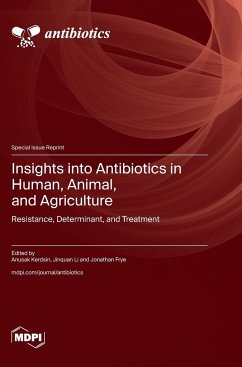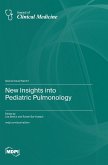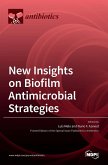This Special Issue assembles a set of fifteen articles, consisting of one review and fourteen research articles. The review by Liang S. and colleagues covers the application of bacteriophage therapy. The 14 research articles included (1) methodologies and techniques to detect AMR organisms, such as VRE by Saenhom N et al. and carbapenemase-producing Eterobacterales by Hatrongjit R. et al.; (2) characterization of AMR from patients, foods, and the environment, such as by Yinsai et al., Li R. et al., Kamal Hossain M., et al., Kansaen R., et al., Tabut et al., Lopes E.S. et al., and Kumar Rout A. et al., respectively; (3) antibiotics residue management approached, such as by Chokejaroenrat et al. and Sakulthaew et al., and (4) medical care of AMR patients and carriage, such as by Ngamprasertchai T et al. and Miranda-Novales et al. Finally, on behalf of the guest editors of the Special Issue, we wish to thank the authors for their contributions and for their commitment to improving their work, the reviewers for investing time and effort into analysing and providing valuable comments and corrections, and the editorial staff for managing the review and publication process efficiently and thoroughly. We hope that these articles will provide in-depth research results, advance knowledge, impact the scientific community, and motivate researchers to pursue their scientific goals.
Hinweis: Dieser Artikel kann nur an eine deutsche Lieferadresse ausgeliefert werden.
Hinweis: Dieser Artikel kann nur an eine deutsche Lieferadresse ausgeliefert werden.








